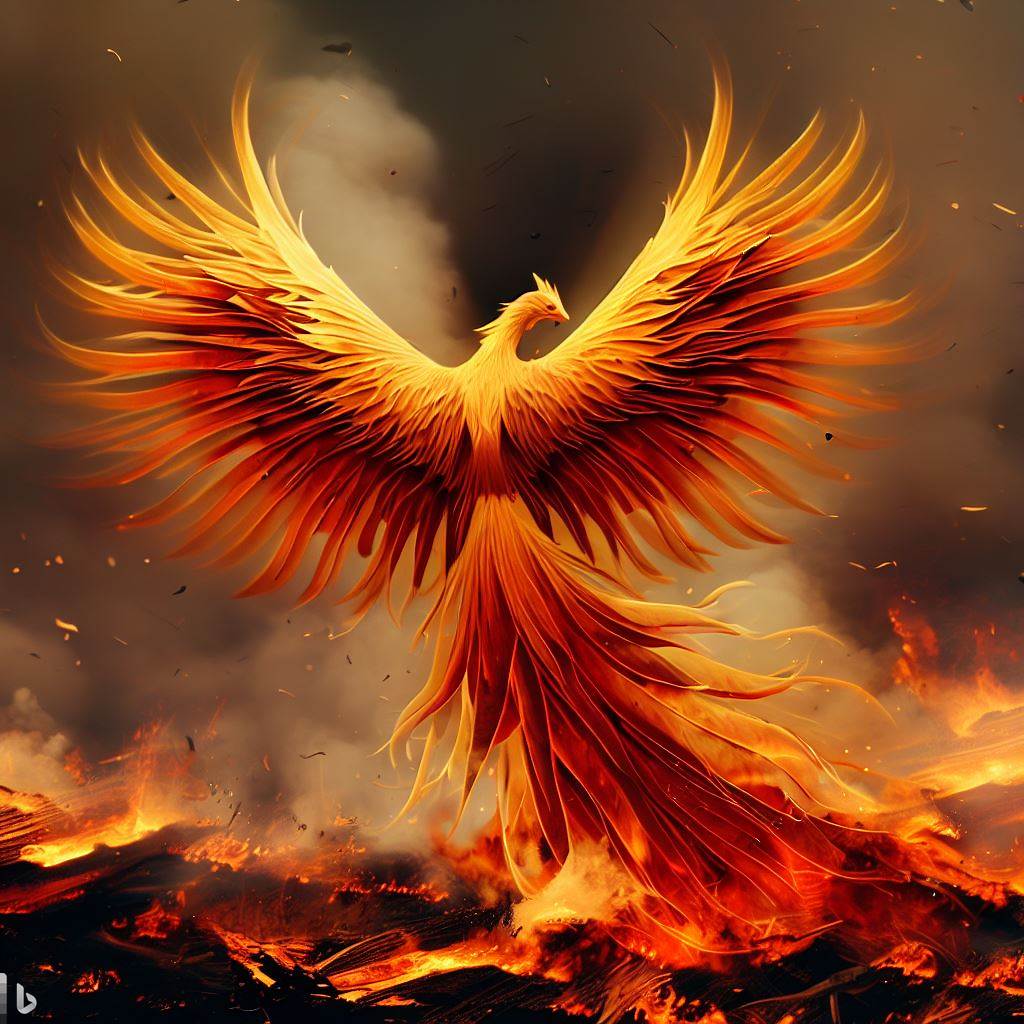
Symbols, much like emotions, are powerful conduits for meaning in the human experience. Delving into literary symbols feels a bit like diving headlong into an infinite ocean, resplendent with hidden gems. So, what are some of the most important literary symbols? Let’s uncover these treasures together, one by one.
What Are Some of the Most Important Literary Symbols?
Diving into The Ocean: Symbolism and The Human Experience
You see, our world is chock-full of symbols. They’re like the air we breathe – we may not notice them, but they’re always there, shaping our thoughts, emotions, and even actions. In literature, symbols weave layers of meaning, heightening our understanding of the characters, setting, and plot. They’re the lifelines that connect our real-life experiences to the abstract depths of literature.
The Heart
Often considered the seat of human emotion, the heart is frequently used to symbolize love and passion. Yet, in its rhythm and beat, it can also represent life itself, ticking away the moments of our existence.
The Sun
The sun typically symbolizes light, warmth, and life, making its appearance in countless works of literature. However, the sun’s setting often heralds endings or death, while its rising signifies beginnings, hope, or rebirth.
Navigating the Wilderness: Nature as a Literary Symbol
Literature often echoes the wild, untamed beauty of nature, harnessing it as a symbol.
Trees
From the Tree of Life to the Tree of Knowledge, trees are a rich source of symbolism in literature. They can represent growth, strength, and resilience, but also decay and mortality.
Rivers
Rivers, with their ceaseless flow, commonly symbolize time, life’s journey, or transformation. Their course can also mirror the ups and downs of a character’s life.
The Human Condition: Symbols of Life, Death, and Time
These timeless themes are embodied in literary symbols that speak to our shared human condition.
Clocks and Timepieces
In literature, clocks often symbolize the relentless march of time, the inevitability of mortality, or a sense of urgency.
The Skull
Famously held aloft by Hamlet, the skull represents mortality, the fragility of life, and the stark reality of death.
Beyond the Mundane: Fantastical Symbols in Literature
Even the realm of the fantastical brims with potent symbols.
Dragons
Often seen as fearsome beasts, dragons can symbolize power, danger, or the unknown. In Eastern mythology, however, they’re seen as benevolent beings, symbolizing luck, wisdom, or the power of transformation.
FAQs
Q: How do symbols enhance our understanding of literature?
A: They add depth and complexity to the text, revealing layers of meaning that engage readers on a deeper level.
Q: Can one symbol have multiple meanings?
A: Absolutely! Context is crucial, and the same symbol can have different interpretations depending on its usage.
Q: Are symbols exclusive to literature?
A: Not at all. Symbols pervade all aspects of human culture, from art and religion to social and political movements.
Q: How can I improve my understanding of symbols in literature?
A: Practice makes perfect! The more you read and engage with different types of literature, the better you’ll become at identifying and interpreting symbols.
Q: Do authors intentionally use symbols?
A: Many do, but sometimes symbols may emerge organically during the writing process, or readers may interpret symbols that the author didn’t consciously include.
Q: Is understanding symbols essential to appreciate literature?
A: While it’s not strictly necessary, understanding symbols can certainly enrich your reading experience and deepen your appreciation of the text.
Conclusion
The world of literary symbols is vast, nuanced, and beautifully complex. These symbols, whether subtle or glaring, help us connect the written word with the richness of our human experience. They’re the threads that weave the fabric of our understanding, the keys that unlock deeper layers of meaning. So, the next time you ask, “What are some of the most important literary symbols?”, remember that they’re as varied and rich as the tapestry of life itself.